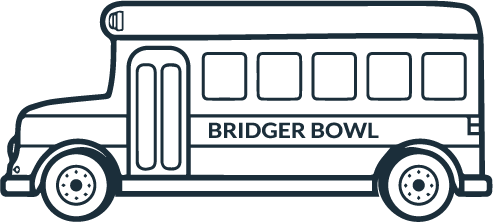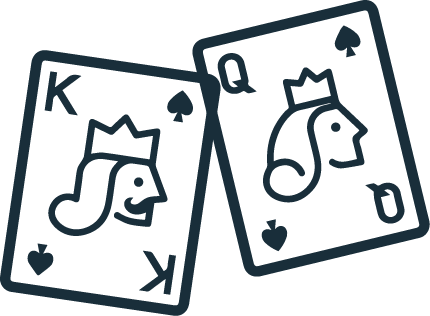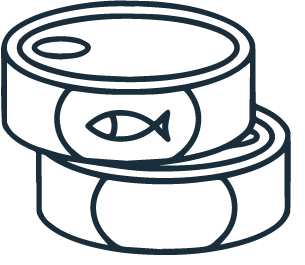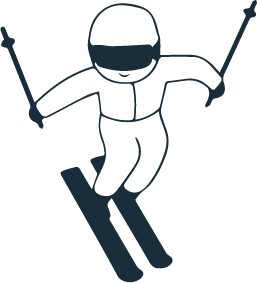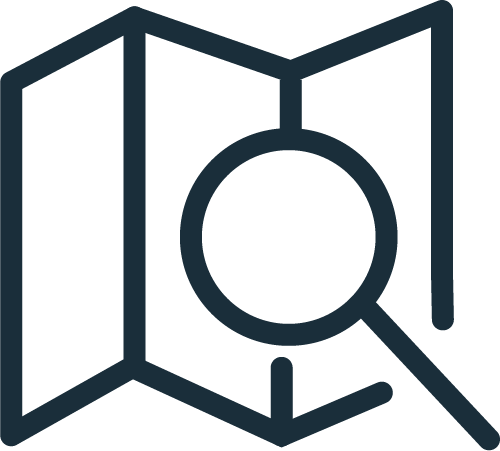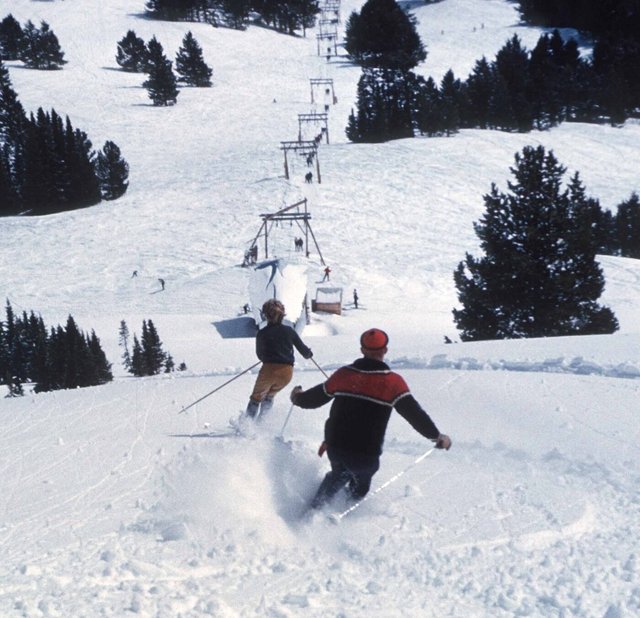
Operating with Purpose
As a nonprofit ski area, Bridger Bowl is proud to offer a genuine community-driven experience. All revenue generated is reinvested into the mountain, improving facilities, maintaining affordable lift tickets and supporting local programs. Bridger Bowl relies on its board of directors as a well informed and involved membership base to understand its historical development and help steer the ski area into the future. This is guided by Bridger Bowl’s:
Mission: To remain a locally focused recreation area that balances quality, affordability and sustainability in a way that best serves our community.
Vision: Be the model nonprofit community resource that fosters a lifelong passion for outdoor recreation to benefit all generations.
